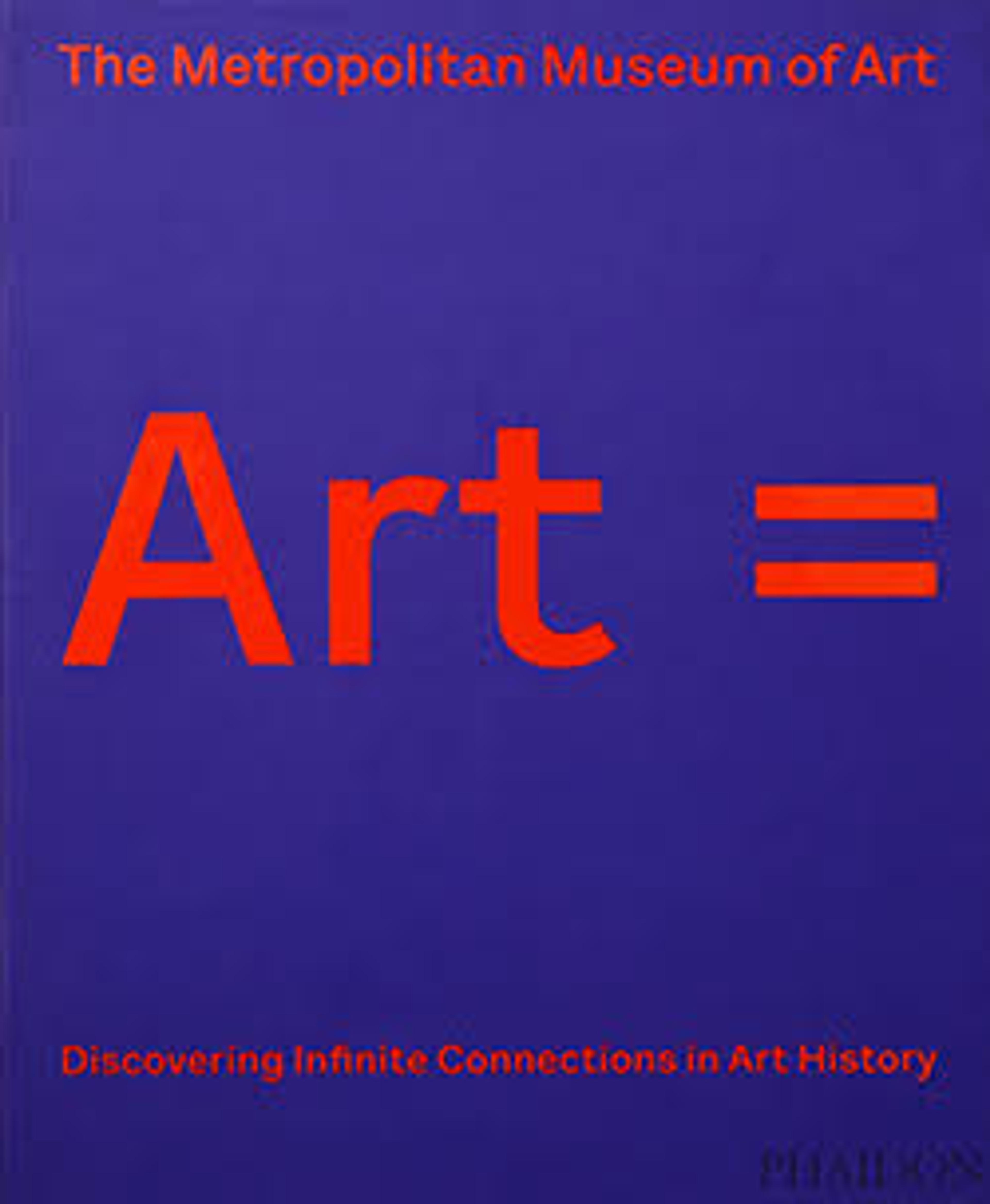Cinq Personnages
Hayter was celebrated for his innovative approach to printmaking and the processes he taught countless artists, ranging from Picasso to Pollock. He founded Atelier 17, an experimental print workshop, in Paris in 1927. His deep knowledge of intaglio techniques and his devotion to original printmaking soon brought international acclaim to the workshop and attracted numerous artists. Atelier 17 was characterized by a collaborative environment in which artists freely discuss their work and shared in the development of different printmaking processes. With the outbreak of World War II, Hayter fled Paris for New York in 1940 and started a new workshop, which he would operate for nearly a decade before returning to France. Numerous European artists in exile, particularly those affiliated with Surrealism and the Ecole de Paris, worked at Hayter's New York studio; the exposure to both the European artists and Hayter's teaching had an enormous impact on American artists, many of whom were affiliated with the New York School, and greatly affected the future of printmaking in the United States.
Hayter believed color should be used intuitively to express a particular emotion or evoke a feeling. This large color print, which incorporates engraving, soft-ground etching, and the use of stencils, is a seminal work in his oeuvre. Unlike traditional color printing, which uses a separate plate for each color, he developed simultaneous color printing, a method for printing several colors—black, red-violet, green, and orange—from one engraved and etched plate in a single pass. Cinq Personnages, which Hayter considered to be one of his most important prints, was also a deeply personal work as it commemorated the death of his teenage son. His limp body, shown on the lower right side of the image, evokes that of Christ after he was taken down from the cross.
Hayter believed color should be used intuitively to express a particular emotion or evoke a feeling. This large color print, which incorporates engraving, soft-ground etching, and the use of stencils, is a seminal work in his oeuvre. Unlike traditional color printing, which uses a separate plate for each color, he developed simultaneous color printing, a method for printing several colors—black, red-violet, green, and orange—from one engraved and etched plate in a single pass. Cinq Personnages, which Hayter considered to be one of his most important prints, was also a deeply personal work as it commemorated the death of his teenage son. His limp body, shown on the lower right side of the image, evokes that of Christ after he was taken down from the cross.
Artwork Details
- Title:Cinq Personnages
- Artist:Stanley William Hayter (British, London 1901–1988 Paris)
- Date:1946
- Medium:Engraving and soft-ground etching; simultaneous color printing with stencils
- Dimensions:Plate: 14 15/16 × 24 in. (37.9 × 61 cm)
Sheet: 20 1/8 × 23 3/16 in. (51.1 × 58.9 cm) - Classification:Prints
- Credit Line:Gift of Paul F. Walter, 1980
- Object Number:1980.1117.1
- Rights and Reproduction:© 2026 Artists Rights Society (ARS), New York
- Curatorial Department: Drawings and Prints
More Artwork
Research Resources
The Met provides unparalleled resources for research and welcomes an international community of students and scholars. The Met's Open Access API is where creators and researchers can connect to the The Met collection. Open Access data and public domain images are available for unrestricted commercial and noncommercial use without permission or fee.
To request images under copyright and other restrictions, please use this Image Request form.
Feedback
We continue to research and examine historical and cultural context for objects in The Met collection. If you have comments or questions about this object record, please contact us using the form below. The Museum looks forward to receiving your comments.
